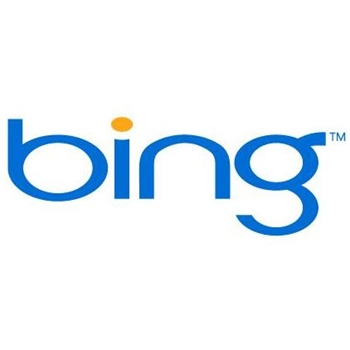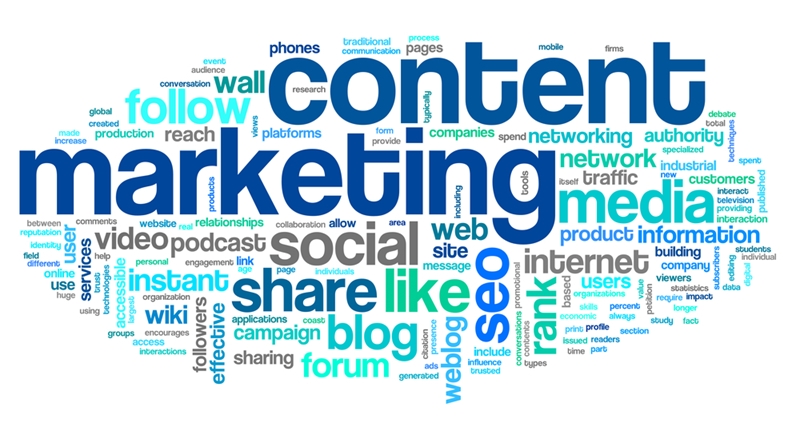Should You Invest in Bing Ads?
There are many reasons marketers are investing time, attention and cash in their e-commerce ad campaigns. New trends and features in pay-per-click advertising models are providing us with more keyword level control than ever. The rise of online product listing ads – as well as increasing improvements around product listings themselves – is also creating more product awareness among consumers who shop online.
Google AdWords dominates the paid search industry and is certainly crucial to many online campaigns. But marketers shouldn’t overlook the benefits of Bing ads.
A boost to search volume
One misconception that marketers and consumers alike share is that Google somehow controls all online searches. There’s actually more diversity of search methods than many people realize. According to comScore’s “April 2015 U.S. Desktop Search Engine Rankings,” Yahoo sites account for 12.7 percent of search volume and Microsoft sites account for 20.2 percent. Google gets 64.2 percent – a high percentage, but not exactly a monopoly.
Bing Ads serves pay-per-click ads for Yahoo and Microsoft sites. Can your brand afford to miss out on nearly one-third of searches?


 Did you know your brand has a personality? At least, it should. And it’s better to define it before someone else does. A given brand’s personality is a set of human characteristics that are relatable to your target audience – just like a person. It’s an important way marketers can control how customers view brands and organizations.
Did you know your brand has a personality? At least, it should. And it’s better to define it before someone else does. A given brand’s personality is a set of human characteristics that are relatable to your target audience – just like a person. It’s an important way marketers can control how customers view brands and organizations. As marketing becomes central to digital marketing strategies, marketers should measure their program’s success on more than a hunch. More and more, we’re expected to quantify the success of our content marketing to justify our budget. The best measurements look beyond a shopper’s initial response and gauge sustained engagement compared with downstream revenue.
As marketing becomes central to digital marketing strategies, marketers should measure their program’s success on more than a hunch. More and more, we’re expected to quantify the success of our content marketing to justify our budget. The best measurements look beyond a shopper’s initial response and gauge sustained engagement compared with downstream revenue.
 In the past, it was notoriously difficult to measure return on investment from online marketing efforts. Today, getting a handle on ROI tracking is more important than ever because marketers are expected to increase their budgets for
In the past, it was notoriously difficult to measure return on investment from online marketing efforts. Today, getting a handle on ROI tracking is more important than ever because marketers are expected to increase their budgets for  2014 is quickly coming to a close, which means it’s already time to consider marketing plans for 2015. Marketing is consistently getting more personalized and happens across a larger number of channels, and this is expected to continue next year. Here are the top 7 trends marketers and advertising agencies need to be aware of in the next 12 months:
2014 is quickly coming to a close, which means it’s already time to consider marketing plans for 2015. Marketing is consistently getting more personalized and happens across a larger number of channels, and this is expected to continue next year. Here are the top 7 trends marketers and advertising agencies need to be aware of in the next 12 months: